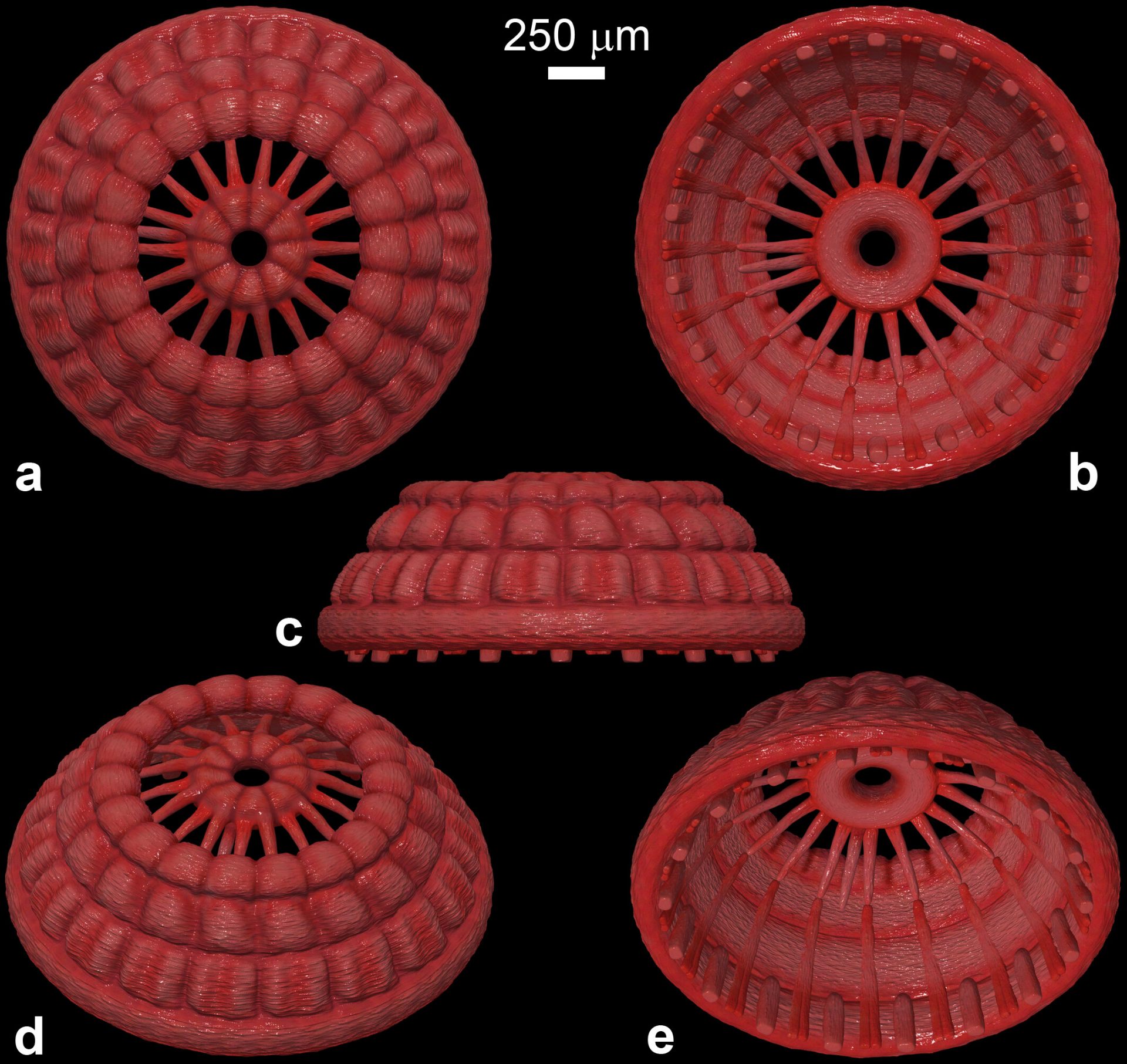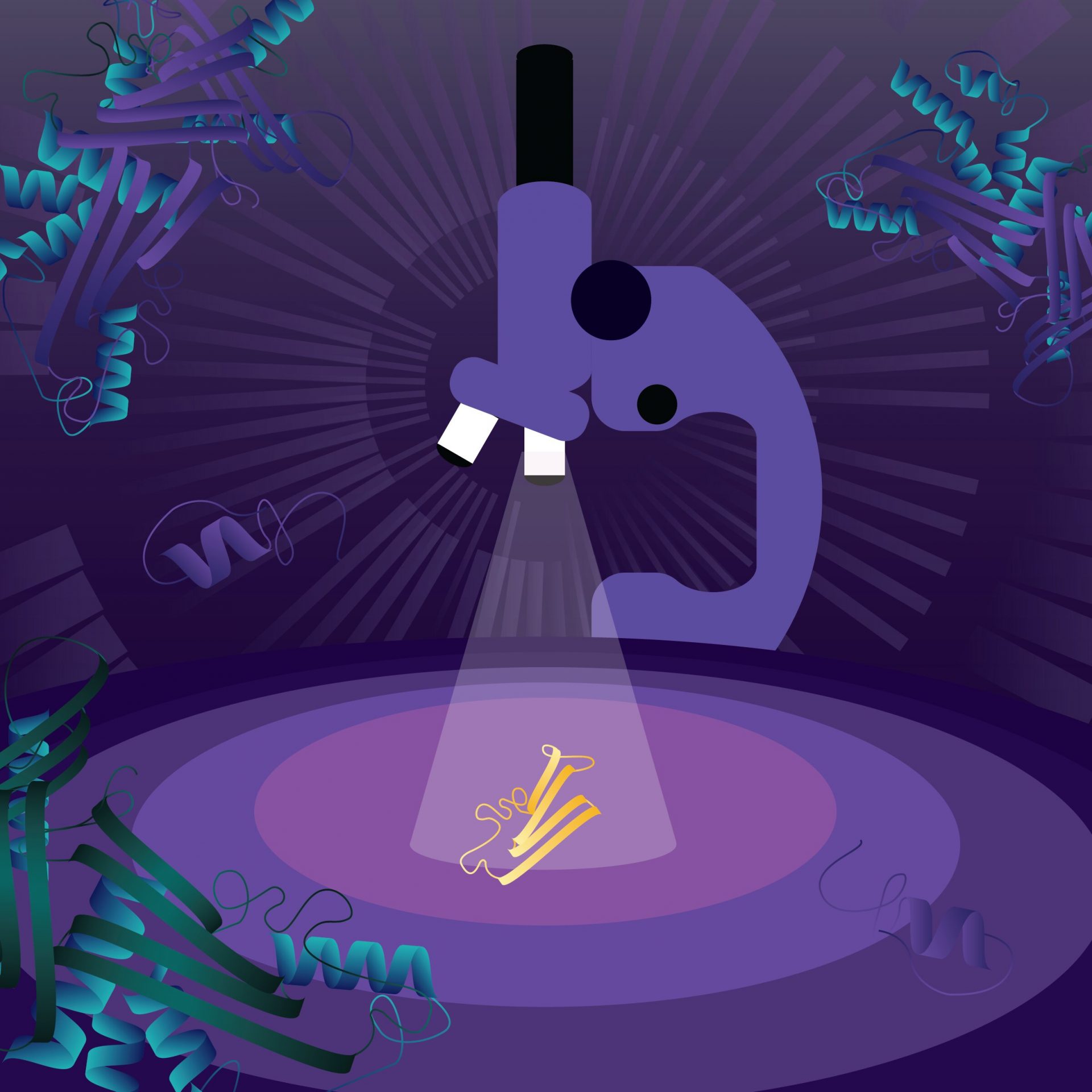A groundbreaking discovery has been made by an international research team led by Prof. Zhang Huaqiao from the Nanjing Institute of Geology and Palaeontology of the Chinese Academy of Sciences. They have uncovered extraordinary microfossils from the early Cambrian period, approximately 535 million years ago. These microfossils contain preserved musculature of cycloneuralians, a group of animals that includes roundworms, horsehair worms, mud dragons, and many other fascinating creatures.
This discovery provides valuable insights into the early Cambrian cycloneuralians, which are closely related to arthropods, the most successful animals on Earth. The study, published in Proceedings of the Royal Society B: Biological Sciences, sheds light on the Ecdysozoa superphylum, which represents the most diverse bilaterally symmetric animals. This superphylum includes Scalidophora, Nematoida, and Panarthropoda.
The researchers described three phosphatized specimens from the early Fortunian Age in China. One of these specimens, known as NIGP179459, is particularly well-preserved and consists of five interconnected rings with radial and longitudinal structures. The pliability of these rings suggests that they were flexible when the animal was alive. The researchers reconstructed the specimen and found that the rings formed an apically truncated cone with hexaradially arranged internal longitudinal structures.
Based on their arrangement, texture, and inferred pliability, the rings and structures were identified as fossilized muscles. The preserved musculature includes inner circular, outer circular, radial, and longitudinal muscles. This complex topology differs from that of basal animals such as cnidarians or ctenophores, indicating that it likely represents musculature of bilaterian animals.
The hexaradial symmetry of the longitudinal muscles is reminiscent of scalidophorans, which exhibit radial symmetry both externally and internally. The researchers interpreted specimen NIGP179459 as the anterior introvert musculature, with the rings representing body-wall circular muscles and the longitudinal structures representing body-wall longitudinal muscles. This muscular grid is similar to that found in priapulans, suggesting a possible affinity with this group.
The first ring and radial structures further support the scalidophoran affinity of NIGP179459. The first ring is interpreted as an introvert circular muscle, while the radial structures are seen as introvert circular muscle retractors. These features are present in loriciferans, kinorhynchs, and the hatching larvae of priapulans. The absence of certain muscles suggests that the animals may have had limited ability to retract their introvert, unlike modern scalidophorans.
Overall, this discovery provides valuable insights into the early Cambrian cycloneuralians and their musculature. It highlights the complexity and diversity of these ancient animals and adds to our understanding of their functional morphology and evolutionary significance.








